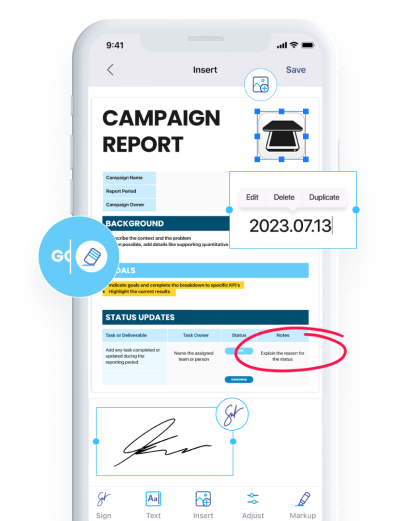

11 aug 2025
Starting something new is never easy, especially if it’s about kicking off your own business. It usually takes a huge amount of time, effort, risks, and, of course, money. The latter often turns out to be a stumbling block along the way. But for entrepreneurs, the challenges are what make the journey worthwhile. So, let’s explore how you can start your business, even if you don’t have money.
Small businesses, which amount to 99.9% of all businesses in the U.S., play a big role in the country’s economy. They contribute around 43.5% to its GDP.
In recent years, starting a business has become more popular than ever. In 2020, the number of new business applications doubled compared to previous years. Since then, more than 5 million applications have been filed annually.
It goes without saying that, apart from opportunities, entrepreneurship brings challenges. And some of them are crucial for building resiliency. Around 18% of businesses close within the first year of existence, and 38% say they fail due to a lack of capital.
However, even if you don’t have much money, starting a successful business is still possible. It just takes more time, effort, and planning.
It all starts with an idea. For instance, iScanner user Chris created an innovative online retail startup by mixing two things: his passion for an active lifestyle and his hobby of designing clothes. While cycling, he noticed that cyclists and pedestrians often weren’t visible to drivers. So, he decided to merge style and safety. Today, his company offers unique reflective T-shirts and baseball caps to help active people stay both fashionable and visible.
This is just one example of how ideas can be born and brought to life. You’re free to come up with your own. The most important thing is that your idea should match your skills. If you dream of building a spaceship but have a background in agriculture, that might not be the best fit. Here are a few general questions that can help you evaluate your idea:
Got an idea? Great! The next step is understanding the market. You should figure out who your potential customers are, what they need, and how your product or service can help them. The best thing is that you don’t need a research budget to do this. Just a bit of time, curiosity, and online surfing will be enough.
Try to understand:
A solid business plan for a small business with no money is essential. It helps you clarify your idea and attract potential partners, customers, or even future investors.
A standard business plan includes:
You can learn more about writing a business plan on the U.S. Small Business Administration website.

Cutting unnecessary expenses is one of the smartest things you can do, especially when starting a business. The COVID-19 pandemic showed that many work processes we once thought could only be done in person can be handled remotely just as effectively.
A physical office might still be a symbol of legitimacy, but it comes with significant costs. Rent alone can eat into your budget, not to mention utilities like water and electricity. Then there’s furniture, computers, printers, and a coffee machine. Eventually, you’re paying not just for space, but for maintaining it.
The good news is that you simply don’t need a physical office anymore. Instead, invest in affordable tools that get the job done. For instance, iScanner can handle all your document needs, from scanning and e-signing to sending files, right from your smartphone. Its AI features automatically improve image quality, making your scans look professional even if they’re taken on the go, whether you’re in the car or rushing between meetings.
And if, for any reason, you need your scan to resemble one made on a traditional office scanner with all its imperfections, iScanner has just introduced the Office Filter feature, which can replicate that effect perfectly.

If your business idea involves upfront costs such as purchasing materials, renting a space, or hiring staff, you’ll definitely need some funding to get started. However, if you plan to offer services that don’t require those expenses, like photography or pet sitting, just skip this step.
Anyway, here are a few ways to raise capital:
Finally, people need to know your business exists. And once again, you don’t need a big marketing budget to promote it.
Start by creating social media profiles for your business. Choose platforms that match your product or service. For instance, if it’s visually appealing like food or fashion, Instagram or TikTok are great options. If your business needs to look more professional, LinkedIn might be a good fit.
Don’t hesitate to talk to local media as well. Many outlets are happy to feature small business stories, especially those from their community.
And don’t forget to create a website. But if it’s too expensive or complicated for you, a simple landing page can be a way out. Carrd, Landingi, and Canva can help you build one.
